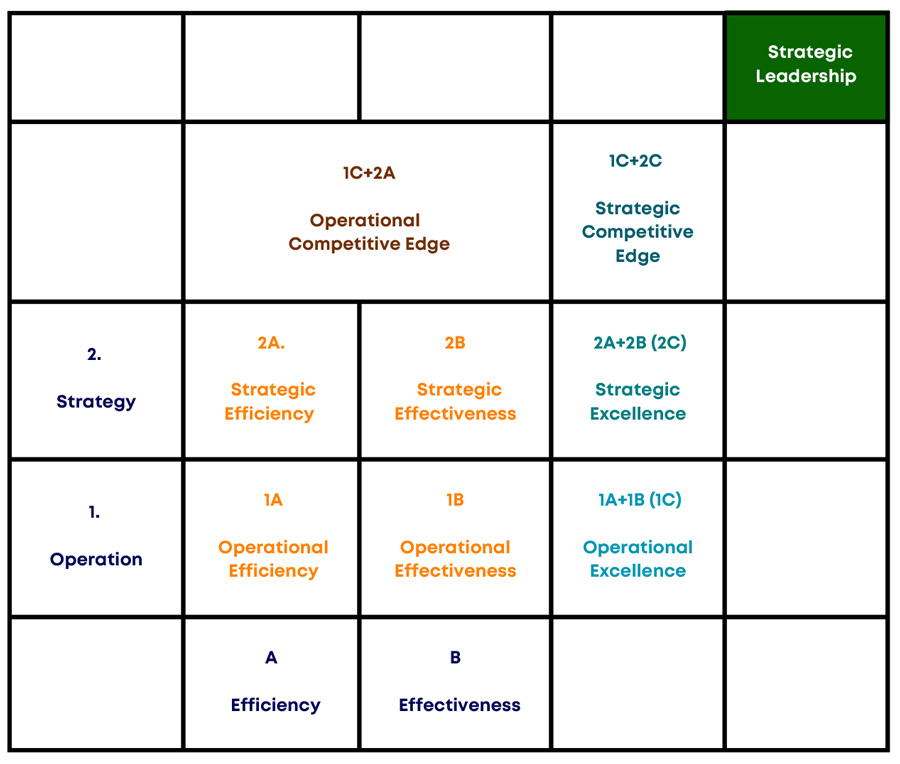Strategic Leadership Through Automation: A Management Framework

Automation continues to reshape how organizations operate, yet many leaders struggle to harness its true strategic potential. While the technology has evolved dramatically over the past two decades, most organizations remain in the early stages of meaningful implementation. The real challenge isn’t technical—it’s managerial.
The path to strategic leadership through automation requires understanding how it transforms both operational and strategic dimensions of management. Organizations that master this transformation don’t just survive market changes—they shape them.
The Foundation: Operations and Strategy Working Together
Effective organizational management rests on two pillars: Operations and Strategy. Operations handle the daily business functions that keep things running, while Strategy determines where the business is heading. Neither can succeed in isolation.
When organizations strengthen their operational efficiency alongside effectiveness, they achieve operational excellence. This creates the foundation for strategic excellence—the ability to implement long-term, innovative strategies that ensure sustained competitiveness.

How Automation Enhances Management Excellence
Automation’s initial impact typically focuses on operational efficiency. ICT tools streamline data entry and routine actions, boosting speed and short-term productivity. This is just the beginning.
Over time, better systems and integrations challenge existing cost structures, enhancing operational effectiveness. Organizations that excel in both efficiency and effectiveness achieve true operational excellence—a pattern we’ve seen in successful companies throughout history.
From Efficiency to Strategic Leadership
Strategic efficiency emerges when organizations use automation to enable quick strategic responses. Automating critical business moments generates valuable data that helps decision-makers navigate short-term competitive pressures through better market analysis.
The greater challenge lies in maintaining competitive advantage over time. Organizations that achieve both Operational Competitive Edge (OCE) and Strategic Competitive Edge (SCE) become recognized as Strategic Leaders.
Here’s the key insight: Operational leadership is essential for achieving strategic leadership. Automation plays a crucial role in fostering the operational excellence that makes strategic leadership possible.
The Strategic Imperative
For organizations to thrive, they must effectively compete and differentiate themselves in the marketplace. This requires more than just operational improvements—it demands a strategic approach to automation that builds lasting competitive advantages.
Companies that view automation purely as a cost-cutting exercise miss its transformative potential. Those that integrate automation into their strategic framework create sustainable advantages that compound over time.
Looking Forward
This management model represents a framework for understanding how automation can drive strategic leadership. While more research is needed to validate these concepts, the fundamental principle remains clear: automation’s greatest value lies not in replacing human judgment, but in amplifying strategic decision-making capabilities.
The organizations that recognize automation as a pathway to strategic leadership—rather than just operational efficiency—will define the competitive landscape of tomorrow.





 Contact Us
Contact Us